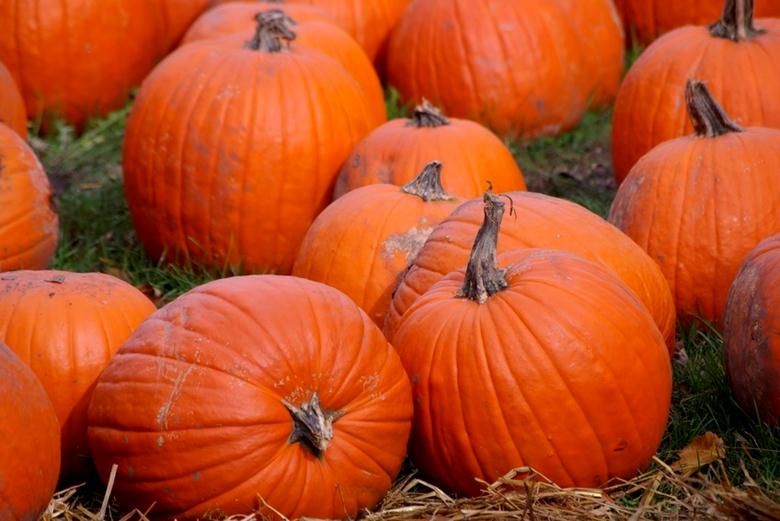
Even though the bay area has been experiencing some spring/summer like weather, the earth is expressing its fallness. Nutritionize strives to provide education that will optimize the way you look, feel and perform and its number one teacher is none other than nature. There is no science, equation, or research study that can beat the nature’s way, plus nature provides thousands of years of data! So what does nature say? eat with the seasons. It’s an age old tradition intrinsically followed by many cultures especially those that live off the land. If your goal is to be a modern hunter and gatherer then you got to know your surroundings. Eating with the seasons provides our bodies with the nourishment it needs to survive and thrive through the surrounding conditions whether it is hot, cold, wet, or dry.
Changes in growing conditions from spring to summer or fall to winter are considered essential for balancing the earth’s resources and its life forms. But today it’s so easy for us to forget about seasons when we eat! Modern food processing and worldwide distribution of food make foods available year-round, and grocery stores shelves look much the same in December as they do in July, with the only variable being price. Eating seasonal foods supports local farmers, provides nourishment, and is more affordable.
Here’s a general rule of thumb:
- In spring, focus on tender, leafy vegetables that represent the fresh new growth of this season. The greening that occurs in springtime should be represented by greens on your plate, including Swiss chard, spinach, Romaine lettuce, fresh parsley, and basil.
- In summer, stick with light, cooling foods in the tradition of traditional Chinese medicine. These foods include fruits like strawberries, apple, pear, and plum; vegetables like summer, broccoli, cauliflower, and corn; and spices and seasonings like peppermint and cilantro.
- In fall, turn toward the more warming, autumn harvest foods, including carrot, sweet potato, onions, and garlic. Also emphasize the more warming spices and seasonings including ginger, peppercorns, and mustard seeds.
- In winter, turn even more exclusively toward warming foods. Remember the principle that foods taking longer to grow are generally more warming than foods that grow quickly. All of the animal foods fall into the warming category including fish, chicken, beef, lamb, and venison. So do most of the root vegetables, including carrot, potato, onions and garlic. Eggs also fit in here, as do corn and nuts.
The easiest way to eat seasonal is avoid your local grocery store and hit the farmers market instead; they have the most in season varieties and are all locally grown. Plus you can chat it up with the farmer to find some new recipes.
For more information on what is in season in your area visit: http://www.eatwellguide.org/i.php?id=Seasonalfoodguides and click on your state.
I don’t know about you but I’m excited about Fall, its full of butternut squash and fresh pumpkin pie, the warmth of the food brings a level comfort that no tub of ice cream can compare to.
What’s your favorite fall food? Post to comments…
Nutritionize!
Ritu Riyat
Latest posts by Ritu Riyat, MPH (see all)
- Go slowly - May 19, 2014
- Press Pause (do it now) - May 12, 2014
- Mindful Monday - May 5, 2014
